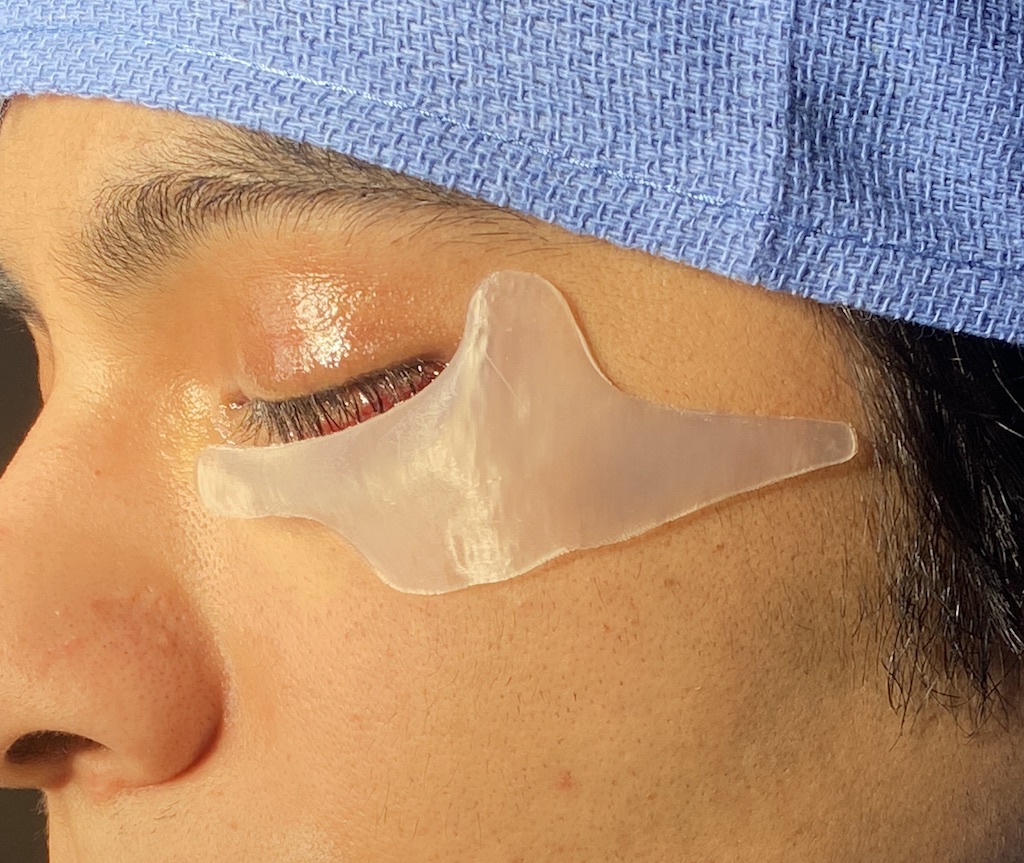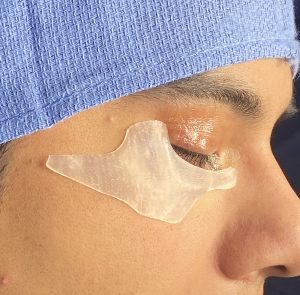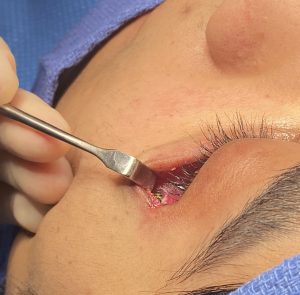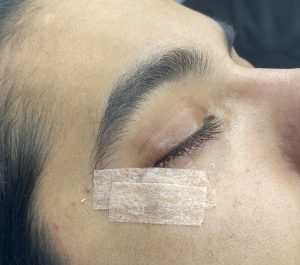Of all the custom facial implants that are commonly used the infraorbital-malar (IOM) implant design is one of the most popular. It augments a skeletal unit of the face that is uniquely different from its separate parts of the cheek and infraorbital rim. As an implant that combines these two adjacent anatomic regions together it has the unique ability to treat a variety of midface aesthetic issues that are otherwise hard to find good solutions for historically. Deep undereye hollows, negative orbital vectors, narrow cheeks and achieving the high cheekbone looks are a few of the common uses for this implant design.
The IOM implant is very similar to that of an onlay over the entire ZMC bony region to create its effects. While the anterior projection to the infraorbital rim and lateral width to the entire zygoma is an obvious effect of such an implant design what is not as obvious is the ability to add vertical height to the infraorbital rim, extend upon along the lateral orbital wall or extend below the cheek onto the maxilla if desired.
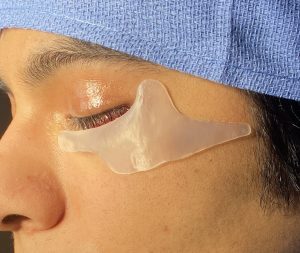


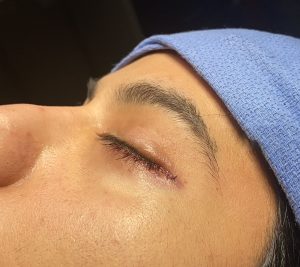
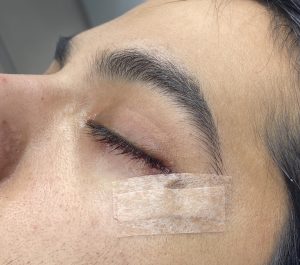
The custom IOM implant despite its shape and size can be effectively placed through a lower eyelid incision with minimal scarring. This lower eyelid incision is different than the traditional lower blepharoplasty incision as it is performed in younger patients with better lid support and stronger tissue attachments. As no tissues are removed and it only crosses half of the lower eyelid less orbicularis muscle is disrupted. Collectively this translates into a much lower risk of any postoperative eyelid contraction deformities.
Dr. Barry Eppley
World-Renowned Plastic Surgeon

